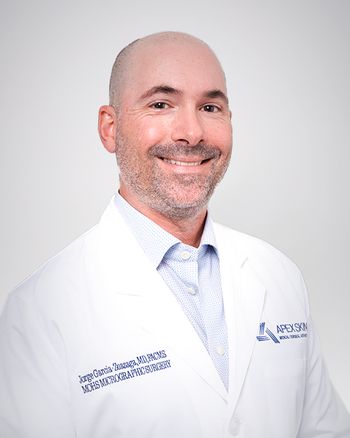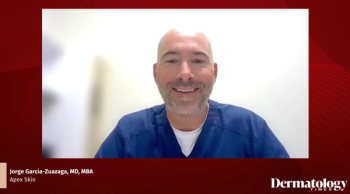
The medical malpractice crisis: Is it a myth?
The debates over what to do with medical malpractice are complex and now longstanding.
The primary principles behind the purported malpractice crisis include: 1) Many malpractice lawsuits are frivolous; 2) Many plaintiffs obtain large judgments or settlements even though the defendants did no wrong; 3) As the result of medical malpractice lawsuits, physicians have been driven to waste substantial resources on defensive medicine, insurance premiums have skyrocketed and good doctors have been driven out of the practice of medicine.
The overall result, according to this view, is worse care for patients, demoralized doctors, higher costs of medical care, with no one benefiting outside of a few greedy plaintiffs and their money hungry trial lawyers. Mr. Baker, in his book, presents a contrary view to the greedy plaintiff/attorney theory.
His general view is that the alleged problem does not exist or its severity is grossly overblown.
In regard to frivolous lawsuits, Mr. Baker concedes that many suits are dismissed by the plaintiff before trial, but also argues that such trials are not frivolous; but rather a consequence of physicians' refusal to meet their obligations when things go wrong - to discuss with the patient and/or family what has transpired. In this scenario, the patient plaintiff may believe that the best way to pierce this wall of silence is through the use of the discovery process that follows the filing of a lawsuit. If the facts, revealed through the discovery process show there was no medical malpractice, the suit and resultant litigation is stopped. In addition, Mr. Baker asserts, multiple studies have indicated that the number of adverse events, and even malpractice, far outnumber the number of malpractice lawsuits. Mr. Baker concludes that the real problem is one of too much malpractice rather than too much malpractice litigation.
It has also been noted that when lawsuits do reach trial, malpractice plaintiffs are relatively less successful than plaintiffs in other kinds of litigation, undermining the claim that juries and judges unduly favor them. When plaintiffs do recover, through trial or by settlement, the amount of the recovery is best determined by two factors: the seriousness of the injury and the assessment by the malpractice insurance company's experts of the quality of the plaintiff's case.
Defensive medicine
With regard to defensive medicine, Mr. Baker notes the difficulty of defining this term. What is clear is that changes in medical practice that occur in response to malpractice litigation are clearly a problem if they provide no medical benefit to the patient. It should be noted that the Office of Technology Assessment has informed Congress that they could not "distinguish in any quantitative way between the good and bad effects of medical malpractice lawsuits". There are only two studies that seem to indicate that states' tort law was significantly related to additional defensive treatments. Yet, this additional treatment did not lead to improved healthcare outcomes in the relevant populations. Mr. Baker argues that even where there appear to be benefits to tort reform, the benefits are relatively slight and short lived. In fact most large studies have not found any evidence that the malpractice litigation system induces defensive medicine.
Finally, Mr. Baker provides a nuanced look at the malpractice insurance market. He notes that the periodic appearance of markets where insurance rates rapidly rise is simply an artifact of the inherent volatility of these markets. Because insurance regulations require companies to annually adjust their reserves based on predicted losses, high volatility in prices can occur.
There are views in accordance with those of Mr. Baker and equally contrasting views. The debates over what to do with medical malpractice are complex and now longstanding. Perhaps Dr. Doe is correct in his assertion that a malpractice crisis is present. Not all will agree with him.
Dr. Goldberg is the director of SkinLaser & Surgery Specialists of New York and New Jersey; director of Mohs surgery and laser research, Mt. Sinai School of Medicine; and adjunct professor of law, Fordham Law School.
Newsletter
Like what you’re reading? Subscribe to Dermatology Times for weekly updates on therapies, innovations, and real-world practice tips.
















